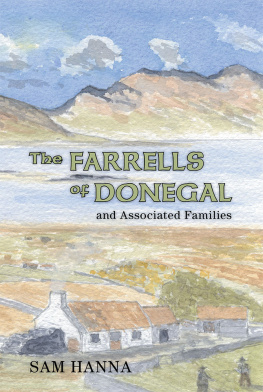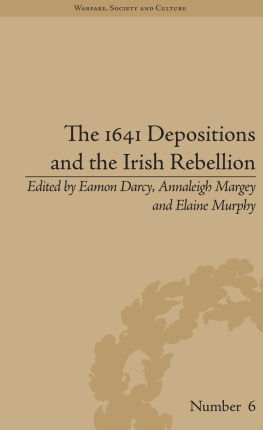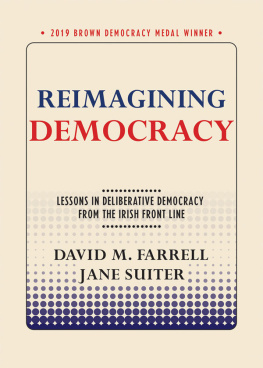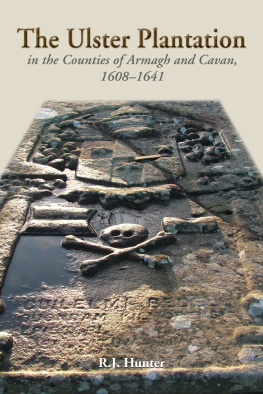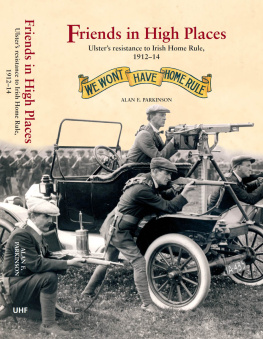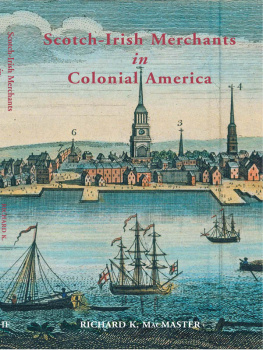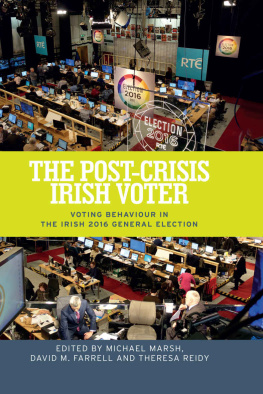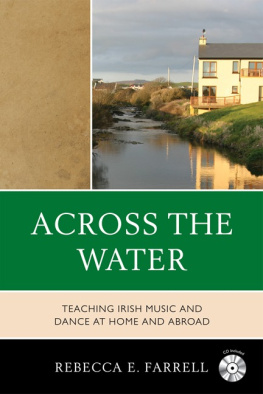1. Introduction
This volume is concerned with the effect which the first decades of colonisation had on the indigenous population of Ulster. It may appear surprising that a work which takes this as its subject matter has the year 1570 offered as its terminus ante quem , given that this process, almost invariably referred to by historians as the Plantation of Ulster, is generally understood as beginning in 1609. This book is premised, however, on an understanding of colonisation broader than merely the official project of plantation formulated by the English crown in these years. This is because the native Irish perspective, a recovery of which will be attempted here, would have given little cognisance to the distinction between official and unofficial plantation which is often made by historians. The geographic as well as chronological scope of this study will, therefore, be accordingly broadened to encompass the counties of Antrim , Down and Monaghan , despite the fact that these were not included in the plantation as it is usually understood. Rather than an event with a definite start-date, the colonisation of Ulster is seen here as a process of gradual and faltering encroachment by the state and the year 1570 a more useful, if necessarily arbitrary, place to start.
There are good reasons for regarding 1570 as marking a decisive changeover on the part of the English state from an earlier, hands-off approach, in which alliances were made with local Gaelic rulers in order to exert some measure of influence, to a new strategy of planting colonies as a means of controlling Ulster more directly. Several important milestones are clustered in proximity to this year. Shane ONeill , who had risen to power over the most powerful sept in the province in opposition to the government-backed branch of the ONeills , died in 1567, ending a significant threat to potential English hegemony over the province. His posthumous attainder 2 years later saw the re-assertion of crown rights to large areas of Ulster. These claims, which the English monarchs had inherited from the earls of Ulster in the fifteenth century, would be used to justify the confiscation of huge swathes of territory in the aftermath of the 1607 Flight of the Earls . The decade beginning in 1570 is also important because it saw the first significant attempts in the early modern period to plant colonists in the area, with Thomas Smith s project in the Ards peninsula and the Earl of Essex s more ambitious undertaking following shortly thereafter. This decade could also be said to mark the beginning of an end to seeking to rule by proxy, although subsequent agreements with both Turlough Luineach and Hugh ONeill to police the province would suggest that this strategy had not yet run its course.
The decades between this and the plantation proper saw the military onslaught of the Nine Years War (15941603), followed by a judicial onslaught on ONeill and ODonnell power which, as will be argued in this book, were as much a part of creating the groundwork for colonisation as surveys, inquisitions and other formal preparations. This is not to say that colonisation was universally held as the long-term objective of English policy for Ulster throughout the period. On the contrary, the last decades of Elizabeth s reign were marked by the absence of any consistent policy. These years instead saw the testing of various strategies, each of which failed in turn to bring about the desired-for transformation in the north of Ireland. Financial exigency loomed large in all calculations. Acknowledging that the observation is made with the benefit of hindsight, it remains the fact that throughout the latter half of the sixteenth century a Gaelic society in Ulster, which had hitherto been largely independent of the English governments influence, was progressively weakened to the point where it ceased to function as a self-sustaining entity. Due to its importance for the native Irish, the events of this period will be examined in greater detail in Chap.. This book, however, takes a broadly thematic rather than a narrative approach to the plantation. A brief outline of the project and its immediate circumstances may, therefore, be useful in order to place this thematic discussion within a narrative context.
While the devastation resulting from the Nine Years War played a role in creating the conditions in which large-scale plantation could be considered a viable strategy for Ulster, the relatively favourable position which Hugh ONeill, Earl of Tyrone , negotiated for himself at its end in 1603 would have made this eventuality appear far from likely to contemporary observers. Indeed, the pardon and renewed title to his lands which ONeill had secured from Lord Deputy Mountjoy caused widespread resentment among military men, known as servitors, who had fought in the expectation of being rewarded at ONeills expense. This faction came to wield greater power and influence when their champion, Arthur Chichester , was appointed lord deputy in 1605. Chichester hoped to see the creation of a provincial presidency for Ulster and his appointment to the post, a contingency dreaded by ONeill, who sought to carve out for himself in the new dispensation an autonomous jurisdiction. Chichester was ably assisted in his campaign against this by John Davies , solicitor-general from 1603 and responsible for designing the judicial architecture in which ONeill would be contained.
ONeill was finally defeated less by military might than the extension of English civil administration into an area over which he had hitherto enjoyed virtual sovereignty. Strongholds captured in the war were permanently garrisoned, county sheriffs and justices of the peace appointed, and courts of assizes held. At the same time, the newly appointed Protestant bishop of the area, George Montgomery , assaulted the integrity of ONeills territorial rights, seeking the wholesale resumption of ecclesiastical property. These authorities fostering of a dispute between ONeill and one of his traditional followers, Donall OCahan , resulted in legal proceedings between the two, for the resolution of which ONeill was summoned to London in the summer of 1607. His position was undermined, however, by the activities of some of his fellow Gaelic rulers in the province, whose fortunes after the war had taken an even more unpropitious turn.
Rory ODonnell , while awarded the title of Earl of Tyrconnell by the crown, had seen his material circumstances decline considerably, as the state allowed his rival and cousin, Niall Garbh , to carve out his own sphere of influence in eastern Donegal , and defended the rights of smaller landholders whom ODonnell had attempted to dispossess to augment his income. Assisted by C Chonnacht , one of the Fermanagh Maguires who had likewise felt himself unfairly treated, ODonnell made arrangements to flee the country. When Maguire returned from abroad in September of that year with transport arranged for this purpose, ONeill, who had advised ODonnell to seek permission for his departure, was faced with the prospect of being left behind and suspected of complicity in their escape. Already suspected of involvement in a plot with the Catholic Old English , it became clear to him that his chances of obtaining redress of his grievances in London were becoming slimmer by the day and that, in fact, he ran the risk of being arrested there.
The fate of these exiles has received more attention from historians than those who, left behind, attempted to accommodate themselves to English rule over the province. This book represents, in part, an attempt to rectify this imbalance. In the immediate aftermath of the flight, three of the most powerful Gaelic rulers Donall OCahan , Niall Garbh ODonnell and Cahir ODoherty while seemingly well-poised to benefit from these events, suddenly fell out of favour with the authorities. The predicament of these individuals is crucial to an understanding of relations between the English authorities and the Gaelic elite and, classed together under the designation undeserving Irish, they will be examined in greater detail in Chap.


